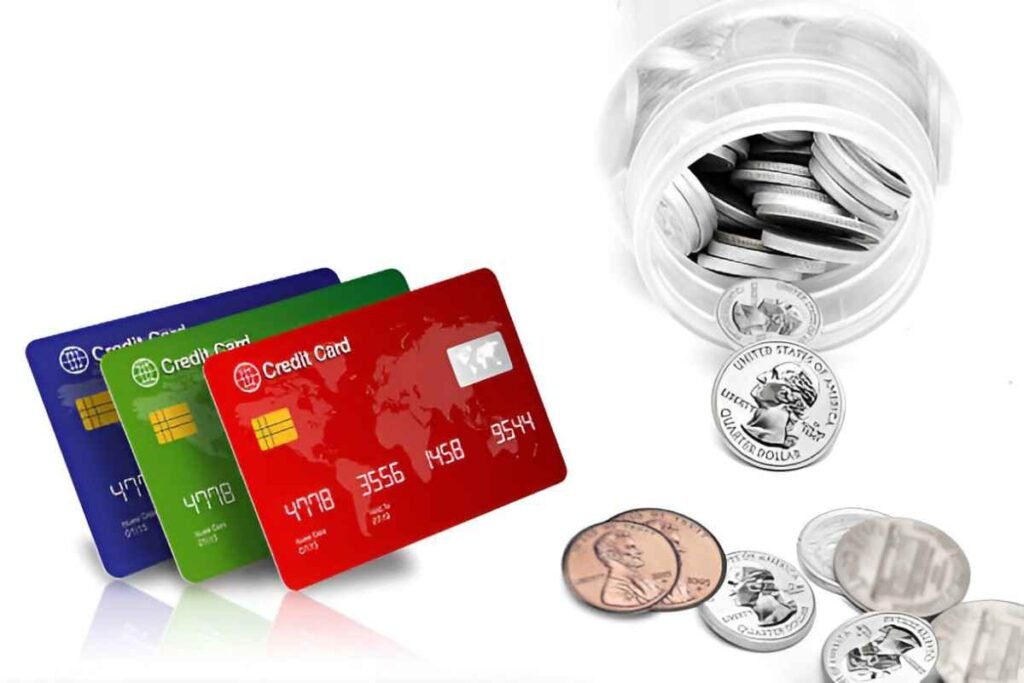As a student, managing finances can be tricky. With tuition fees, books, living expenses, and the occasional night out with friends, keeping your budget in check requires smart decisions. One of the tools that can be helpful in such situations is a 0% APR student credit card. These cards offer students an opportunity to borrow money for purchases or emergencies without paying interest for a specified period. In this article, I will guide you through everything you need to know about 0% APR student credit cards, explaining how they work, the pros and cons, and how to use them effectively. I will also provide comparisons of various options available in the market to help you make the best decision.
Table of Contents
What Is a 0% APR Student Credit Card?
A 0% APR student credit card is a type of credit card designed specifically for students, offering a promotional 0% Annual Percentage Rate (APR) for a certain period—usually ranging from six months to 18 months. APR is the interest rate charged on the money you borrow. So, with a 0% APR card, you won’t pay any interest on purchases, balance transfers, or cash advances during the promotional period. This can be particularly helpful for students who may not have a steady income and want to make purchases or carry a balance without incurring high-interest charges.
How Do 0% APR Student Credit Cards Work?
The concept behind a 0% APR student credit card is simple: you borrow money to make purchases or pay for expenses, but you don’t have to worry about paying interest on that money during the promotional period. Here’s a breakdown of how these cards work:
- Zero Interest for a Period: When you open the card, you’re offered a 0% APR for a set period. During this period, you don’t pay any interest on purchases. This period typically lasts between 6 and 18 months, depending on the card issuer.
- Payments During the Promotional Period: While you won’t be charged interest during the promotional period, you are still required to make at least the minimum payment each month. If you carry a balance beyond the promotional period, interest will be charged on the remaining balance at the standard APR, which can range from 14% to 25% or more.
- Fees and Other Costs: Some cards may charge an annual fee, although many 0% APR student credit cards don’t. It’s important to check the fee structure before applying.
- Purchases After the Promotional Period: Once the 0% APR period ends, your card will revert to the standard APR for purchases and cash advances. Any remaining balance will accrue interest at this rate, which can be much higher.
Benefits of 0% APR Student Credit Cards
There are several key benefits that make 0% APR student credit cards an appealing option for college students. I’ll discuss them in detail:
1. Interest-Free Purchases
This is the most obvious benefit. For example, if you need to buy textbooks, a laptop, or other necessary supplies for school, you can use a 0% APR card and pay it off over time without worrying about interest charges.
2. Opportunity to Build Credit
Opening a student credit card, especially one with a 0% APR offer, can help you build a credit history. A good credit history is essential for future financial endeavors, such as applying for a car loan, renting an apartment, or even getting a job in some cases.
3. Flexible Payment Terms
Since you have several months, or even a year or more, to pay off the balance interest-free, it gives you more time to manage your finances and make payments without the pressure of high-interest charges.
4. Low Monthly Payments
During the promotional period, your monthly payments may be lower because you’re not paying interest. This can help keep your budget manageable.
Disadvantages of 0% APR Student Credit Cards
While there are certainly benefits to having a 0% APR student credit card, it’s important to be aware of the potential drawbacks as well. Here are the main disadvantages to consider:
1. Reverting to High APR After the Promotional Period
Once the promotional 0% APR period ends, your balance will begin to accrue interest at the standard APR, which can be much higher. If you still have an outstanding balance after the introductory period, this can be costly.
2. Risk of Overspending
Having a 0% APR period may encourage you to spend more than you can afford, since you don’t have to pay interest during the promotional period. However, this can lead to problems later when the interest starts to accrue, especially if you don’t manage your payments well.
3. Late Payment Fees
If you miss a payment or make a late payment, some cards will cancel your 0% APR offer and apply the standard APR immediately. This can significantly increase the cost of carrying a balance.
4. Limited Time Frame
The 0% APR period is temporary. If you are unable to pay off your balance before the period ends, you could end up paying a lot of interest on the remaining balance.
How to Choose the Best 0% APR Student Credit Card
Choosing the best 0% APR student credit card for your needs involves looking at several key factors. I’ve created a comparison table to highlight some of the important considerations when selecting a card:
| Card Name | Introductory 0% APR Period | Standard APR After Period | Annual Fee | Rewards Program | Credit Limit |
|---|---|---|---|---|---|
| Card A | 12 months | 15.99% | $0 | 1% cashback on purchases | $500-$1,500 |
| Card B | 18 months | 14.49% | $0 | 2% cashback on groceries | $500-$2,000 |
| Card C | 6 months | 24.99% | $39 | 1.5% cashback on all purchases | $300-$1,000 |
| Card D | 15 months | 16.99% | $0 | 0% APR for balance transfers | $500-$2,000 |
Things to Consider:
- Introductory Period: The longer the 0% APR period, the better. For example, if you know you’ll need more time to pay off your balance, a card with an 18-month 0% APR offer may be ideal.
- Standard APR After the Introductory Period: It’s essential to understand what the standard APR will be once the introductory period ends. Choose a card with a lower standard APR if you think you might carry a balance after the promo period.
- Rewards Program: Some cards offer rewards like cashback on purchases. If you plan to use your card regularly, a rewards program can help offset any future costs.
- Annual Fees: Many 0% APR student credit cards come with no annual fee, but some charge fees. Make sure the benefits outweigh the costs if you opt for a card with an annual fee.
Examples with Calculations
Let’s say you have a balance of $1,000 on your card and the introductory 0% APR period lasts for 12 months. You make equal monthly payments of $83.33 to pay off the balance within the 12 months. Here’s how the numbers would break down:
| Month | Payment | Remaining Balance |
|---|---|---|
| 1 | $83.33 | $916.67 |
| 2 | $83.33 | $833.34 |
| 3 | $83.33 | $750.01 |
| 4 | $83.33 | $666.68 |
| 5 | $83.33 | $583.35 |
| 6 | $83.33 | $500.02 |
| 7 | $83.33 | $416.69 |
| 8 | $83.33 | $333.36 |
| 9 | $83.33 | $250.03 |
| 10 | $83.33 | $166.70 |
| 11 | $83.33 | $83.37 |
| 12 | $83.33 | $0.00 |
By the end of the 12 months, you would have paid off the entire $1,000 balance without incurring any interest charges.
However, let’s say you didn’t pay off the full balance within the 12-month promotional period. If the standard APR after the introductory period is 15%, and you still have a balance of $500, you would begin accruing interest on that balance. Here’s how the interest would accumulate:
- Remaining Balance: $500
- Standard APR: 15%
- Monthly Interest Rate: 1.25% (15% ÷ 12 months)
Interest for the First Month:
$500 × 1.25% = $6.25
New Balance = $500 + $6.25 = $506.25
The balance will continue to grow if you don’t make additional payments to cover the interest. This example illustrates why it’s crucial to pay off your balance within the promotional period if possible.
Final Thoughts
A 0% APR student credit card can be a powerful tool for managing expenses while in school, as long as you use it wisely. The key is to avoid carrying a balance once the promotional period ends and to ensure that you make regular payments. With the right card, you can make purchases, build your credit, and even earn rewards without paying interest for a certain period. Just be sure to read the fine print, understand the fees, and choose a card that aligns with your financial goals.





